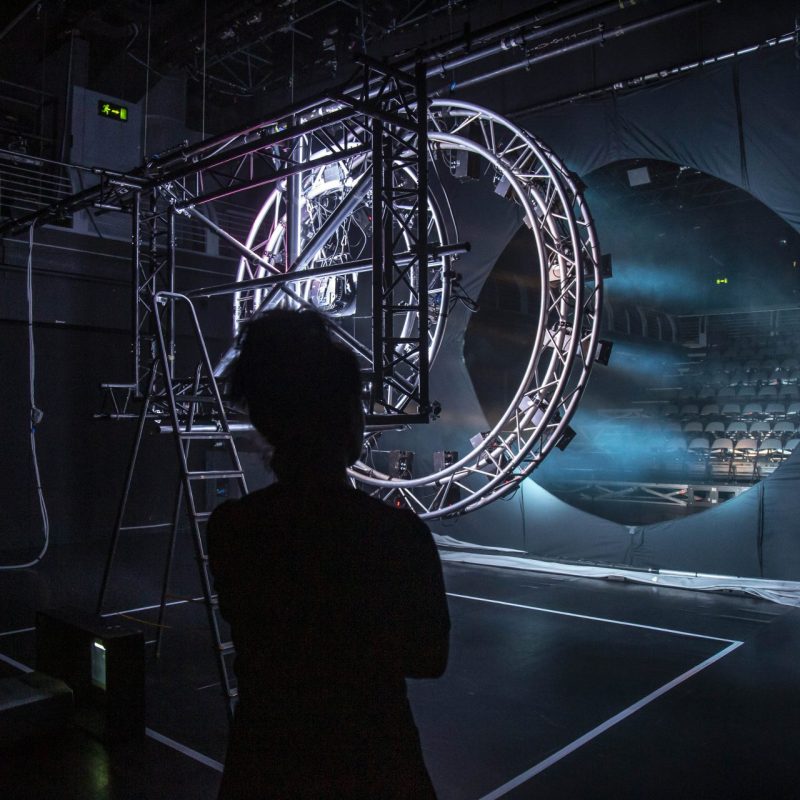PARTPHYS
Particle and Nuclear Physics
The Particle Physics group is building on strong research activities in the fields of particle and nuclear physics which are realized by groups at FNSPE and FME. Members of the particle physics group are involved in leading experiments exploring the structure of nuclear matter (ATLAS, ALICE, STAR, CBM, D0) and anti-matter (AEgIS) as well as in the development of detectors for these experiments, future experiments and in theoretical studies concerning structure and properties of matter. The physics of ultra-relativistic heavy ion collisions and particles is studied at the Center for Physics of Ultra-relativistic Nuclear Collisions (http://physics.fjfi.cvut.cz/en/science-and-research/institutes-centers) and other experimental and theoretical groups at FNSPE (http://physics.fjfi.cvut.cz/en/).
The works in the PARTPHYS program will be divided into seven domains (sub-programs):
A) Properties of jets and their modification in QGP (Jana Bielčíková)
B) Production and interactions of heavy flavors (Jaroslav Bielčík)
C) Photonuclear interactions in ultraperiheral collisions (Jesus Guillermo Contreras Nuno)
D) Phenomenological models of cold nuclear matter effects (Jan Nemčík)
E) Monte-Carlo models of particle production in hadron collisions (Boris Tomášik)
F) Rydberg states of atoms in high energy plasma (Svatopluk Civiš)
G) Language for SCIENCE-ART-PUBLIC communication (Roman Berka)
COOPERATING ENTITIES
WITHIN THE PROGRAM
PROGRAM COORDINATOR
doc. Mgr. Jaroslav Bielčík, MSc.
news from the program





